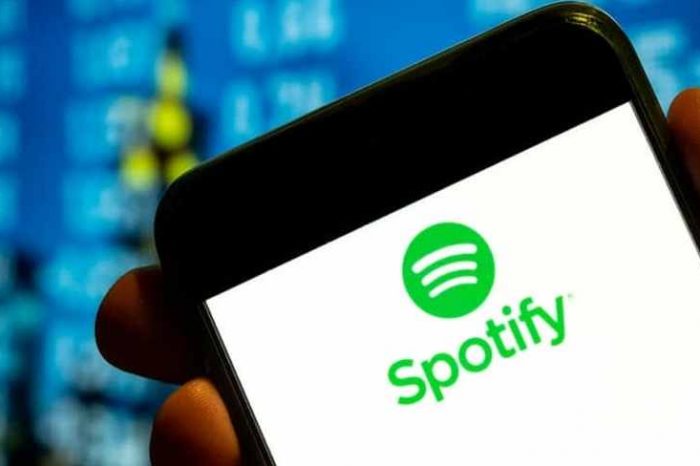It’s Time For Super-Apps To Enter Web3 And The Metaverse

After disrupting the Southeast Asian consumer ecosystem, the concept of “super-apps” is gradually finding its way into the Western markets.
Prominent entrepreneurs, such as the likes of Mark Zuckerberg and Elon Musk, to name a few, are keen to build super-apps because they see the potential for significant growth and profitability. Unlike their peers, super-apps can leverage data and network effects, leading to a large and loyal user base.
Super-apps can generate revenue from various sources, such as advertising, e-commerce, and in-app purchases. Additionally, integrating emerging technologies like VR, AR, and blockchain could provide additional opportunities for innovation and growth.
But what’s a super-app? And why are so many people talking about it?
A “super-app” is a mobile application that offers a wide range of services within a single platform. These services may incorporate e-commerce, social networking, food delivery, ride-hailing, and more. A super-app aims to be a one-stop shop for all users’ needs, providing them with a convenient and streamlined experience.
The Rise of Super-Apps
The beginning of the era of super-apps can be traced back to the Chinese social messaging platform WeChat. Launched by Tencent in 2011, WeChat has gradually evolved into a magnanimous ecosystem that offers its users almost every possible service under one roof. From texting, accessing services, paying for utilities, sending P2P transactions, and streaming videos, WeChat’s list of services continues to grow.
Another similar super-app is Indonesia’s Go-Jek. Like its Chinese counterpart, Go-Jek provides ride-hailing services alongside utility payments, pharmacy delivery services, moving and shipping services, and much more within its ecosystem.
India’s homegrown app Paytm, which initially started as a platform for purchasing mobile prepaid minutes, has also transformed into a massive marketplace that offers a wide range of services for its billions of users nationwide. The same goes for the Grab platform, which rose to popularity across the Southeast Asian market.
A common theme behind these super-apps’ success is that they allow users to access various services without constantly switching between different apps. This helps save time while making the user experience more seamless. Additionally, super-apps often incorporate features like gamification and rewards, making the app more enjoyable to use while incentivizing users to keep coming back.
Then again, super-apps also have their fair share of critics. Market experts fear that the companies operating these super-apps may eventually become too powerful and dominate their respective markets, making it difficult for smaller companies to compete. Besides, present-day super-apps are already subject to various privacy and security concerns, primarily related to companies collecting, storing, and monetizing users’ data.
Upland – A Web3 Super-App In The Making
Because of the underlying blockchain technology, Web3 platforms have the potential to overcome the limitations of existing super-apps, primarily in the areas of data privacy and security.
Accordingly, it is no surprise that prominent players within the Web3 and the metaverse space are already experimenting with the possibility of rolling out decentralized super-apps. Because Web3 and metaverse provide the infrastructure where users can interact with each other and digital objects in a shared space, super-apps can expand their use cases to cater to a growing community of tech-savvy consumers.
The decentralized nature of Web3 and the blockchain technology underpinning it could provide opportunities for super-apps to create new business models and revenue streams. And this is what Upland, the Web3 metaverse platform mapped to the real world, aims to achieve.
With the launch of its open-dev tools infrastructure, Upland has taken giant leaps towards becoming a Web3 super-app in 2023. Unlike other existing platforms, Upland’s open-dev tools allow developers and creators to connect their Web2 and Web3 products to its Web3 infrastructure, community, and economy. By leveraging Upland’s open-dev tools infrastructure, developers can create their own experiences and monetize them, which makes the platform more flexible and adaptable for different use cases.
The platform has expanded its services list throughout 2022 by unveiling communication features, including messaging capabilities, direct social integration, user-generated content offering, and much more. At the same time, the platform continues to add new partnerships with prominent names, such as FIFA, Gala Games, the World of Football, and many more.
Moreover, Upland’s open, true ownership-based economy and highly engaged and dynamic community with members from almost all countries in the world makes it an attractive and innovative platform that provides a new form of social and economic interaction. In 2022 alone, Upland’s user base has grown to more than 3 million, while the platform has distributed upwards of $7 million among its community members, making it among the top metaverse platforms.
The mapping to the real world and accessibility via the web, iOS, and Android platforms make Upland easily accessible to many users, which is among the key reasons behind its meteoric growth. When complemented by Upland’s regulatory compliance, the platform also gains an edge to unlock the potential of blockchain for larger audiences through novel experiences, entrepreneurial opportunities, and social networking tools.
With more than 160 developers queued up to leverage the platform’s new open-dev tools, it will be exciting to see how Upland evolves as a super-app for Web3 and the metaverse. Most importantly, it will provide new insights into unlocking services and features in the decentralized era and offer clues for driving blockchain’s mainstream adoption en masse.

